In the 90s, rapper MC Hammer developed the game, but today U Can't Touch This
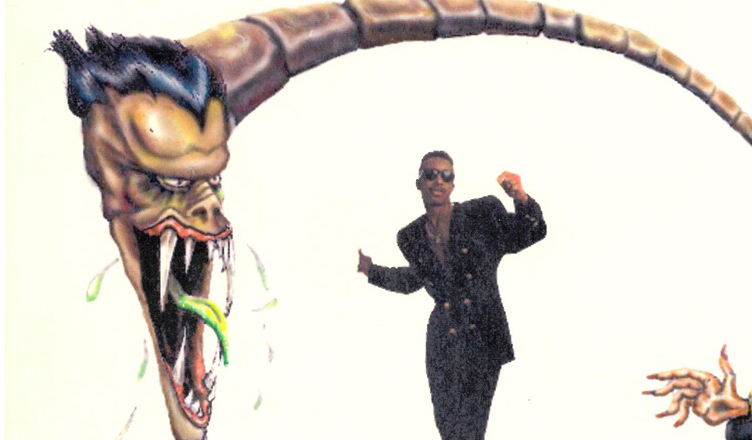
Released for the US market in October 1992, the Sega CD held well for the first few months, but quickly began to lose commercial popularity. This was mainly caused by too much pre-release hype. Consumers quickly realized that the awesome FMV games they advertised turned out to be pretty mediocre. Misleading advertising, as well as many other factors, led to the commercial failure of the system.
The collapse of the console has led many companies to stop considering the Sega CD as a profitable market. Because of this, the development of many games (mainly ports of already released projects) has stopped, but they themselves remained on the floor of the assembly shop and were forgotten.
One of the most famous games for the Sega CD, also subsequently canceled, was Hammer vs. Evil D. in Soulfire . This game is licensed by rapper MC Hammer, best known for 2 Legit 2 Quit , U Can't Touch This and many other, less successful songs. Does anyone remember Addams Groove ?
Little was known about this game. Yes, many sites published articles mentioning its existence, but no one really dug into the history of the game. Over the years, the maximum publicly known information about the project was a 17-second video uploaded to YouTube by Jumpstreet Beetz.
This video, taken from an ad shown at Winter CES '94 , gives us a general idea of how the game should have looked. In the video, MC Hammer is in some lane and shoots different enemies. Meanwhile, an FMV recording of one of Hammer's music videos is being played in the center of the screen.
In fact, this is the only thing we had to start with. After WCES '94, nothing was heard about the game, with the exception of a few references in the magazine that reported that its release was scheduled for March of this year.
But she did not come out.
With virtually no widely available information, I began my own research to learn more about the game. Having spent some time distracting various specialists from the work, I found out the following.
Soulfire was developed by GTE Interactive Media. Founded in January 1990, GTE Interactive Media (also known as GTE Imagitrek) was the California branch of GTE Vantage with approximately 40 members. Their task was to develop interactive software and games for the home market.
The first published GTE game was the 1991 arcade Time Traveler for Sega . Designed by Dragon's Lair creator Rick Dyer, Time Traveler is notable for being one of the first examples of arcade games with FMV. In marketing materials, Sega called it "the world's first holographic video game." Given her experience with FMV games, it’s not surprising that GTE later went on to develop the Sega CD. FMV games were the hallmark of the Sega CD.
“GTE Imagitrek has become a pioneer of chromakey technology and has used it in many games designed for consoles and arcade machines,” says Tim Bank, a former GTE programmer.
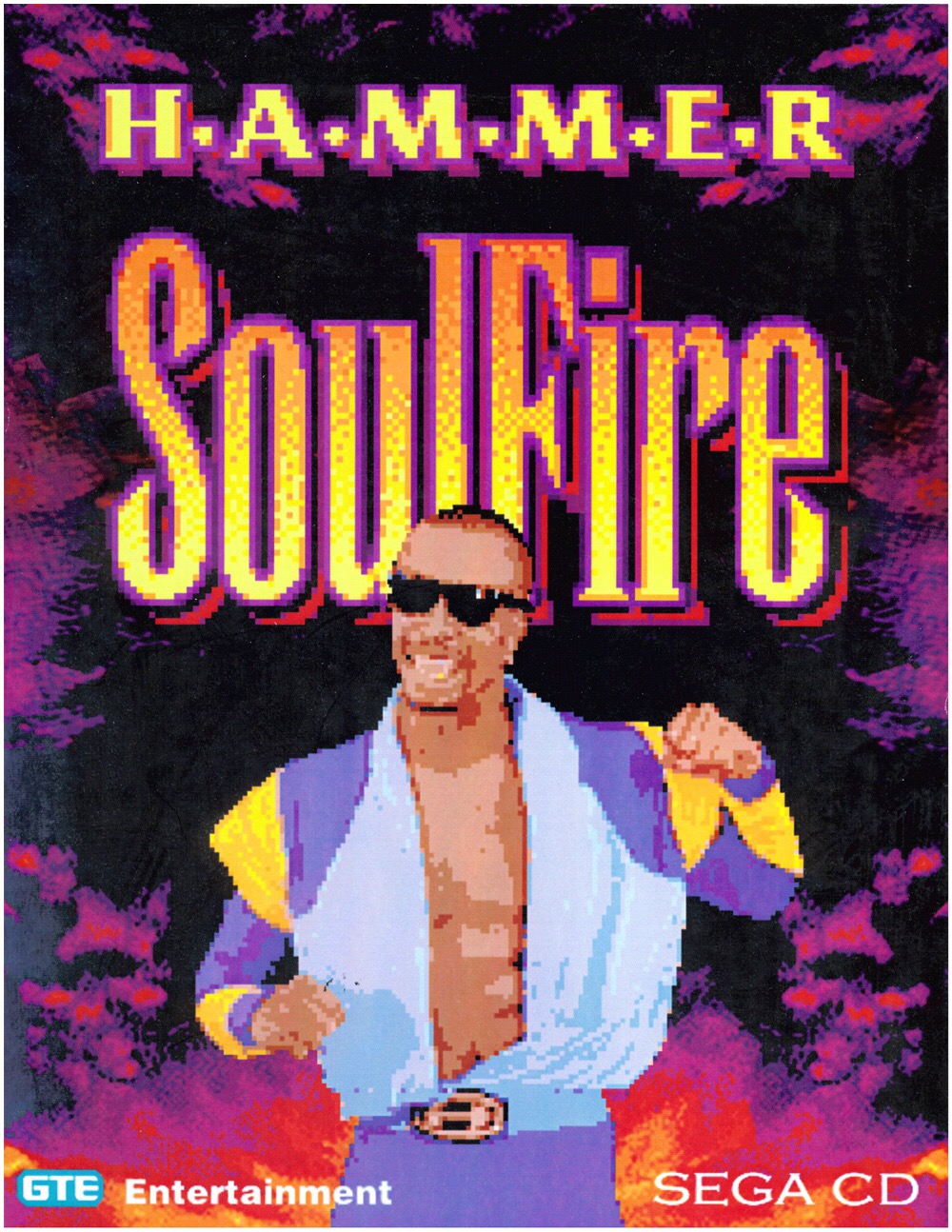
Mention of Soulfire appeared back in 1992, probably after the completion of Time Traveler . The game was advertised on Summer CES '92, but at that time the development was unlikely to start yet and the project was simply called " Hammer ". In advertising, Sega used only one of Hammer's video clips.
Game development began the following year. Former Cinematronics programmer Phil Sorger was hired by the lead programmer and game designer, and later Sean Hennessey joined the project.
“Today it seems crazy that five people are involved in the development of the game, but at that time it was,” Phil tells me. “One person was engaged in digitization, he worked with the artist. This artist made final edits, created UIs, backgrounds, animations, etc. We also had a designer who also served as the filming director and Superman of the entire project. ”
“I started development, then another developer joined the project, but for a long time he simply understood the structure of the work. I integrated all the graphics, sound and video streaming, wrote all the functions and gameplay. "
Phil told me about the development environment for the Sega CD, which he considers one of the most complex hardware systems that he has encountered in his thirty-year career as a programmer. It had three processors with three circuit emulators, so it was necessary to synchronize the three computers on which the development was carried out. All code was written in pure assembler, and each processor had its own language.
“The DMA system used to transfer data between SegaCD buffers and Genesis buffers was more like magic than technology,” says Phil. “The implementation of any function turned out to be difficult, and it was even more difficult to create a demo on a CD. I am the only one in GTE / Verizon to master this scheme. "
[Note: GTE Interactive did not belong to Verizon, but its parent company, GTE, became Verizon in 2000]
The plot of the game was that the player’s character (MC Hammer) fought zombie creatures called “sucking souls,” turning their damned souls into members of their squad. Usually the level was a street, like the levels from Double Dragon . Hammer pronounced the name of the level, the music turned on and the character of the game began to dance to it.
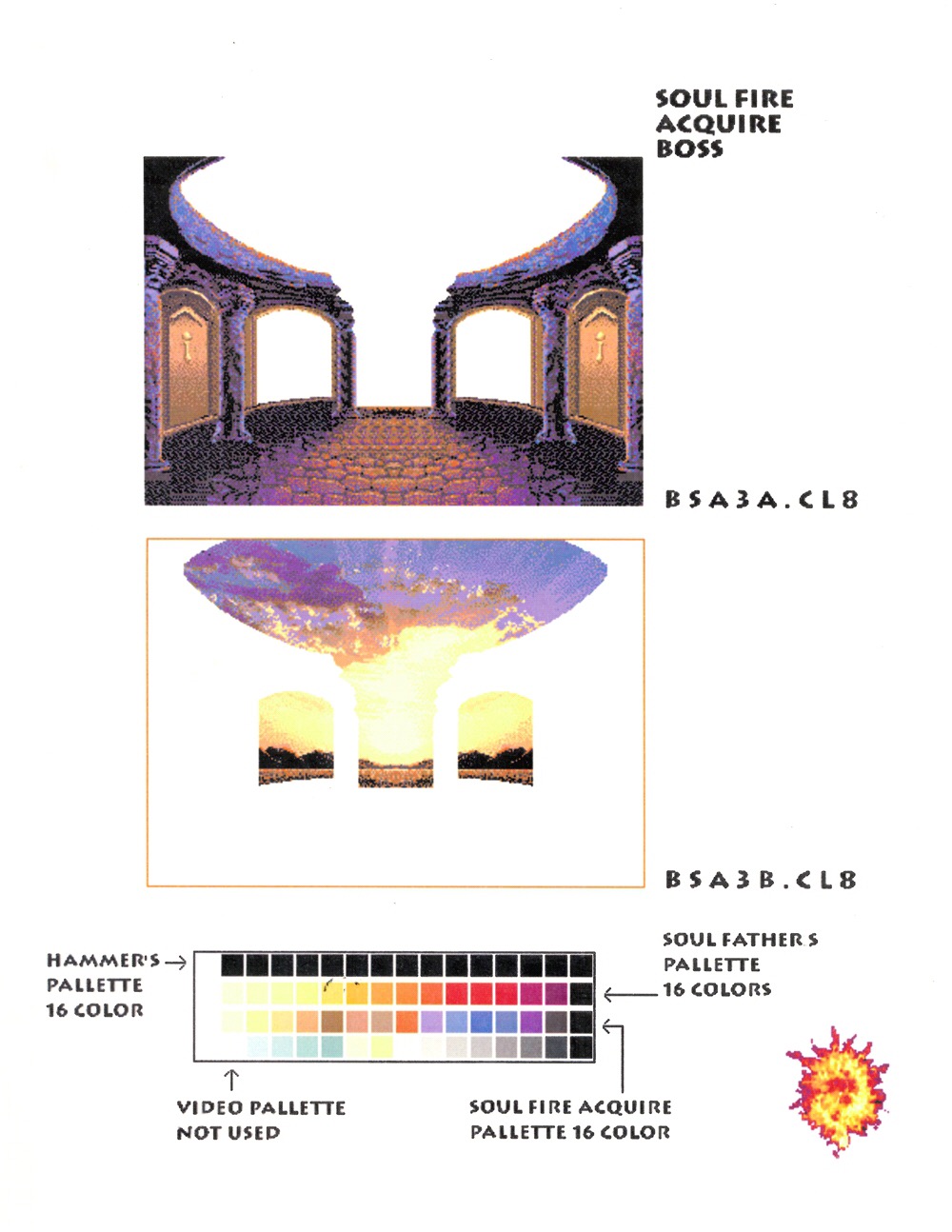
Waves of hooligans and criminals appeared on the stage left and right. The size of the waves and their strength depended on the level. Hammer shot the so-called soulfire at criminals and turned them into members of his squad. After the transformation, the characters changed their appearance and began to dance next to MC Hammer. They moved with Hammer and could face other criminals, depending on the level or turning them into members of the squad, or turning themselves back into criminals.
About ten levels were completely created, as well as several levels with bosses (just one of these boss battles is recorded in the video from CES). Phil said the boss level started at the end of the street, usually in an alley.
“There were no squad members here and Hammer was faced with one of the incarnations of evil. Hammer could get injured and miss notes, stop getting into music and die. Evil DJ shot Hammer with green balls of “evilfire”, Hammer shot Evil DJ with “fire of the soul” and streaks of life tracked progress. The video in the background should be ominous and large in order to distract the player from aiming. ”
Background FMV and music played from level-based screens. According to Phil, "it was a regular looped / forked track with a metronome track to synchronize the dances."
All character animation was digitized from a film recorded on a chromakey background. Then the recordings were divided and compressed frame by frame. This work was carried out by a team of artists led by Lori Nichols .
Interestingly, MC Hammer himself showed great interest in the project, and did not just give a license in his name. Phil even said that he was struck by Hammer's knowledge of the video game industry . According to Hammer, the main problem of the project was the resolution of the game, he was worried about the pixelation at the digitization stage.
So why was the release of the game canceled? There are actually many reasons, but the most important was the noticeable decline in the popularity of MC Hammer as a brand.
By 1994, Hammer’s fame began to fade, the world was already in search of a new musical sensation, leaving him behind.
According to Tim, when interest in the game was tested on a focus group, the researchers rejected the project, calling it obsolete. GTE marketing manager Stephanie Witte was “completely overwhelmed” by the focus group test.
“She said that when everyone got together they turned on MC Hammer music,” Tim tells me. “Study participants asked if they could listen to anything else.”
Phil Sorger remembered this story very differently. Although the decline in success of MC Hammer had a significant impact on the cancellation of the game, Phil recalls that the game also had rights problems, and Sega did not consider it “suitable for children.” Another major factor was the already mentioned commercial crash of the Sega CD. All these, as well as, possibly, other factors coincided, so the MC Hammer project was considered commercially doomed. The appearance of the game on 1994 WCES was the last before its cancellation, despite the fact that the game was 100% ready and packing and shipping were organized.
GTE Interactive continued to create games for consoles after the Soulfire project, namely Jammit (Sega Genesis) and Street Hockey '95 (Super Nintendo). These games are notable for the fact that they use the same technology (and even graphics!) As in Soulfire , at least according to Tim Bank.
With the exception of these two games, GTE Interactive, throughout its entire existence, has focused entirely on creating software on CD-ROM. After the CD-ROM market downturn, GTE was unable to find a buyer for its branch, and in January 1997 it was announced that the company would cease to exist in March of that year.
However, not everything is lost. Phil Sorger, now a professional ski instructor, generously shared with us a collection of art and technical resources left from the development of the game. They included Hammer digitized sprites and layouts for the graphics of the game boxes.
Official resources for the lost MC Hammer Soulfire game can be downloaded from here . Finally, after 25 years, they became available to the general public.
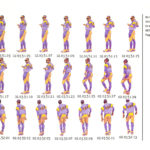

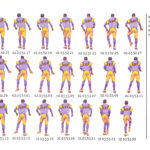
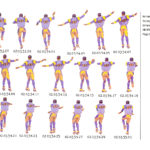
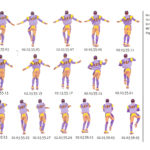





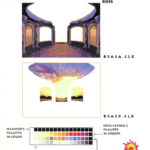

Densy created a video from scanned shots of Hammer's winning dance animation:
All Articles